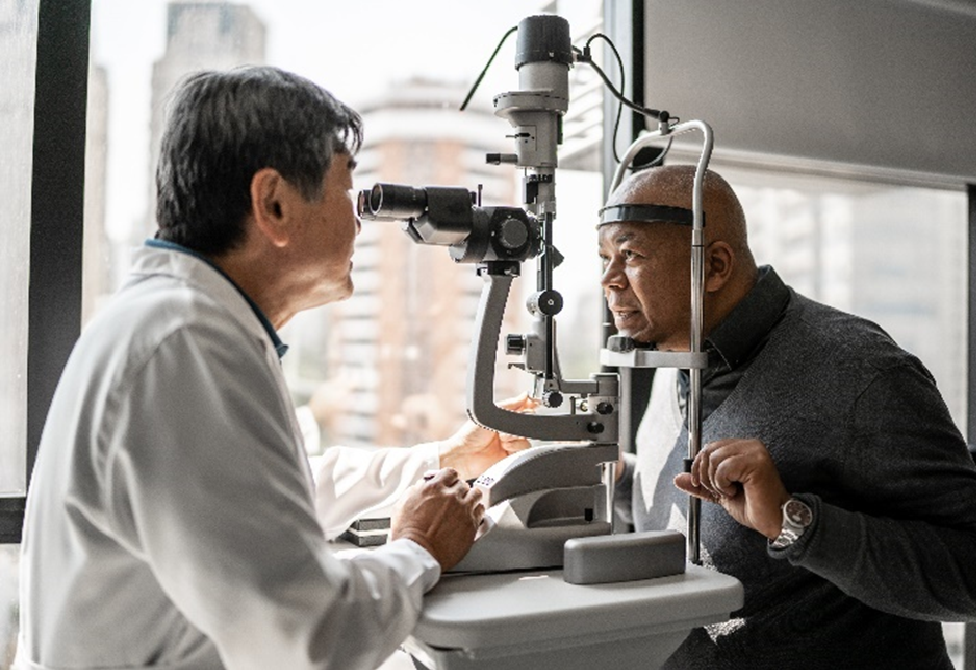
Published October 2024
The importance of scheduling eye exams for patients with Diabetes (EED)
It is estimated that diabetes affects 463 million adults, with the North American and Caribbean region having the highest age-adjusted adult prevalence at 12.3%. The number of patients in the United States with diabetes is expected to increase to 47.9 million by 2040 and to exceed 60 million by 2060. Diabetic retinopathy (DR) is an important cause of visual morbidity and the leading cause of blindness among working-age American adults.
Early treatment of DR can reduce the risk of severe vision loss by 94%. Unfortunately, compliance is poor with only 18–60% of patients living with diabetes receiving recommended exams. However, research suggests that people with diabetes strongly fear losing their eyesight.
To address the fear of blindness common among patients with diabetes, the study suggests a communication strategy touching on three basic messages for patients who are non-compliant with annual retinal exams:
- Diabetic retinopathy can cause vision loss, and even if your vision is good now, you could be at risk for future vision loss. Early detection of diabetic damage, even before you have symptoms, is the key to preventing vision loss.
- Diabetic retinopathy screening may be the easiest thing you can do as part of managing diabetes and can significantly reduce the risk of losing vision.
- By getting screened and following up as an eye care provider recommends, you’ll protect your vision and keep your independence.
Communications should be translated and tailored to be culturally proper for speakers of other languages. Incorporate photographs to help patients understand what DR screening is, as well as helping to distinguish it from other types of eye exams.
Peer support interventions are effective in achieving clinically significant reductions in HbA1c. The current results suggest that support groups could enhance adherence with DR-related screening and follow-up recommendations by incorporating a patient who has experienced DR-related vision loss. This may be effective in providing exposure and connection to someone who has developed this complication and motivate patients in their DR-related self-management. Encourage patients to participate in diabetes support groups or peer navigator programs. Diabetes peer support groups can ease the emotional and psychological burdens that people with diabetes frequently experience and may motivate improved self-management to an even greater extent than medical providers can.
*Source The National Library of Medicine cites a 2022 study published in the Journal of Clinical Ophthalmology: Factors Affecting Compliance with Diabetic Retinopathy Screening comparing English and Spanish speakers.
Closing Gaps in Care
Review other articles in this issue regarding closing gaps in care.

